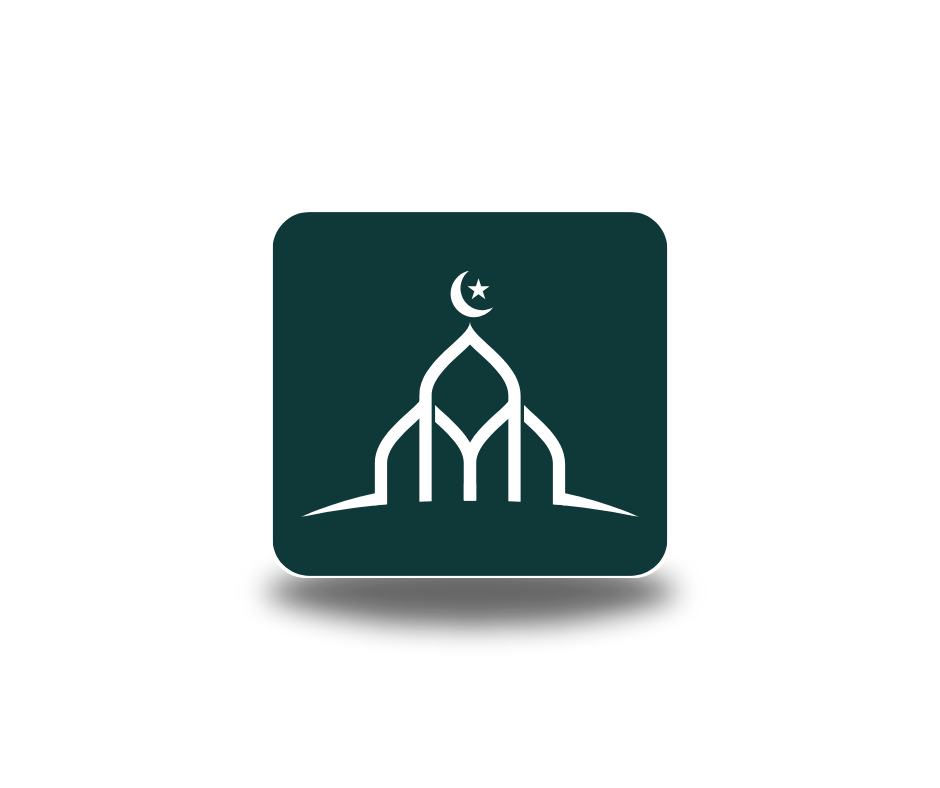The Role of Islamic Calligraphy
in Preserving Culture and Faith
Introduction:
Islamic calligraphy, an art form that beautifully combines aesthetics and spirituality, has been a vital part of Islamic culture for centuries. This unique form of artistic expression not only decorates mosques and holy books but also serves as a means of preserving the Quran and other significant texts. This blog delves into the history, significance, and various styles of Islamic calligraphy, highlighting its enduring impact on Islamic culture and faith.
Historical Overview:
Islamic calligraphy emerged in the 7th century, shortly after the revelation of the Quran. The early Muslims were keen to preserve the divine words in a form that reflected their profound reverence. Over time, calligraphy evolved into a sophisticated art form, flourishing under various Islamic dynasties.
Early Islamic Period:
Kufic Script: One of the oldest forms of Arabic calligraphy, characterized by its angular, geometric shapes. It was widely used in early Quran manuscripts and architectural inscriptions.
Hijazi Script: A simpler, more cursive style used in early Quranic texts.
Abbasid and Fatimid Periods:
Naskh Script: Developed for its legibility, Naskh became the standard script for copying the Quran and other important texts.
Thuluth Script: Known for its large, elegant letters and curved lines, Thuluth is often used in mosque decorations and architectural inscriptions.
Ottoman Period:
Diwani Script: A highly decorative style developed during the Ottoman Empire, used primarily for official documents and royal decrees.
Ruq'ah Script: A simpler, more modern script used for everyday writing.
Significance of Islamic Calligraphy:
Islamic calligraphy holds immense cultural and religious significance. It is considered a visual expression of the divine, with each stroke and letter crafted to reflect the beauty and perfection of Allah’s words. Calligraphy adorns mosques, manuscripts, and various art forms, serving as a constant reminder of faith and devotion.
Spiritual Connection:
The act of writing and reading calligraphy is seen as a form of worship, connecting the believer with the divine.
Calligraphers often recite verses from the Quran as they write, infusing their work with spiritual significance.
Cultural Preservation:
Calligraphy has played a crucial role in preserving the Quran and other important texts throughout history.
It has also been instrumental in maintaining the Arabic language and its literary traditions.
Aesthetic Beauty:
The intricate designs and patterns of Islamic calligraphy reflect the Islamic emphasis on beauty and order.
Calligraphy is often combined with other forms of Islamic art, such as arabesque and geometric patterns, creating visually stunning compositions.
Modern Interpretations and Uses:
Islamic calligraphy continues to inspire contemporary artists and designers. Modern interpretations blend traditional techniques with new materials and styles, ensuring the art form remains relevant and dynamic.
Contemporary Art:
Many modern artists incorporate calligraphy into their works, using it to explore themes of identity, spirituality, and culture.
Calligraphy is also featured in various media, including digital art, sculpture, and installation pieces.
Design and Fashion:
Calligraphy is popular in modern design, appearing on everything from home décor to fashion accessories.
It is often used to create unique, personalized items that reflect the wearer’s faith and heritage.
Conclusion:
Islamic calligraphy is more than just an art form; it is a testament to the rich cultural and spiritual heritage of the Muslim world. From its early development to its modern interpretations, calligraphy continues to inspire and connect believers with their faith. As we appreciate the beauty and complexity of this art, we also recognize its enduring role in preserving and promoting Islamic culture.
“‘Calligraphy is the most intimate, private and spontaneous expressive means. Like a fingerprint or voice it is unique with every person”
For more in-depth explorations of Islamic heritage and contemporary Islamic practices, visit our blog at ImamAI Blog. Discover how ImamAI can enhance your spiritual journey with its comprehensive features designed to keep you connected to your faith.



